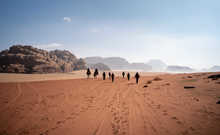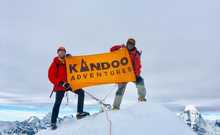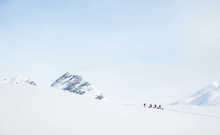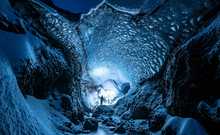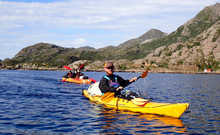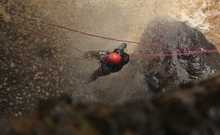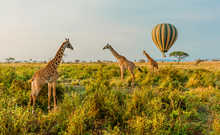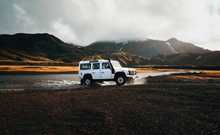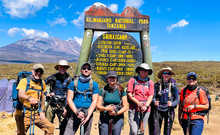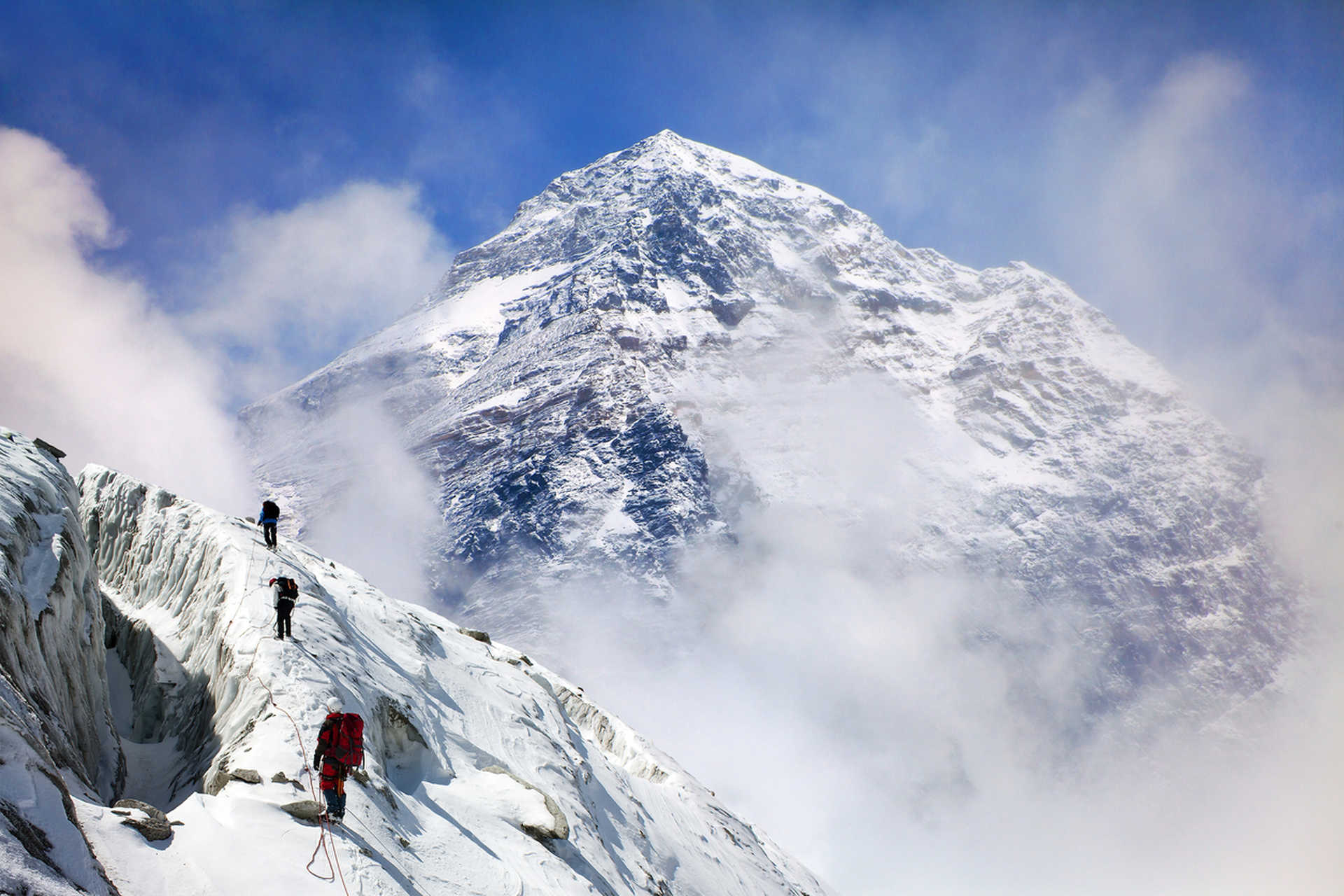Everything you need to know about Everest
Surrounded by snow-capped mountains of the Khumbu region and vibrant Sherpa culture, climbing in the iconic Everest landscape challenges you, rewards you, and leaves memories that last a lifetime.
But how do the logistics work on such an epic adventure? How does accommodation work? Where do you fly to? And how much will all this cost?!
Whether you’re lacing up your boots for the first time or you’re a seasoned trekker, this guide answers all the questions you might have before embarking into one of the world’s most beautiful mountainous ranges.
Table of contents
- How much does it cost to climb Mount Everest Base Camp?
- How long does it take to climb Mount Everest Base Camp?
- How hard is it to climb Everest Base Camp?
- What do you need to pack for Mount Everest?
- What can you eat on your way to Mount Everest Base Camp?
- How do you prepare for the altitude on Mount Everest?
- What insurance do you need for the trek?
- Where can you stay on your way to Everest Base Camp?
- Trek to Everest Base Camp with Kandoo
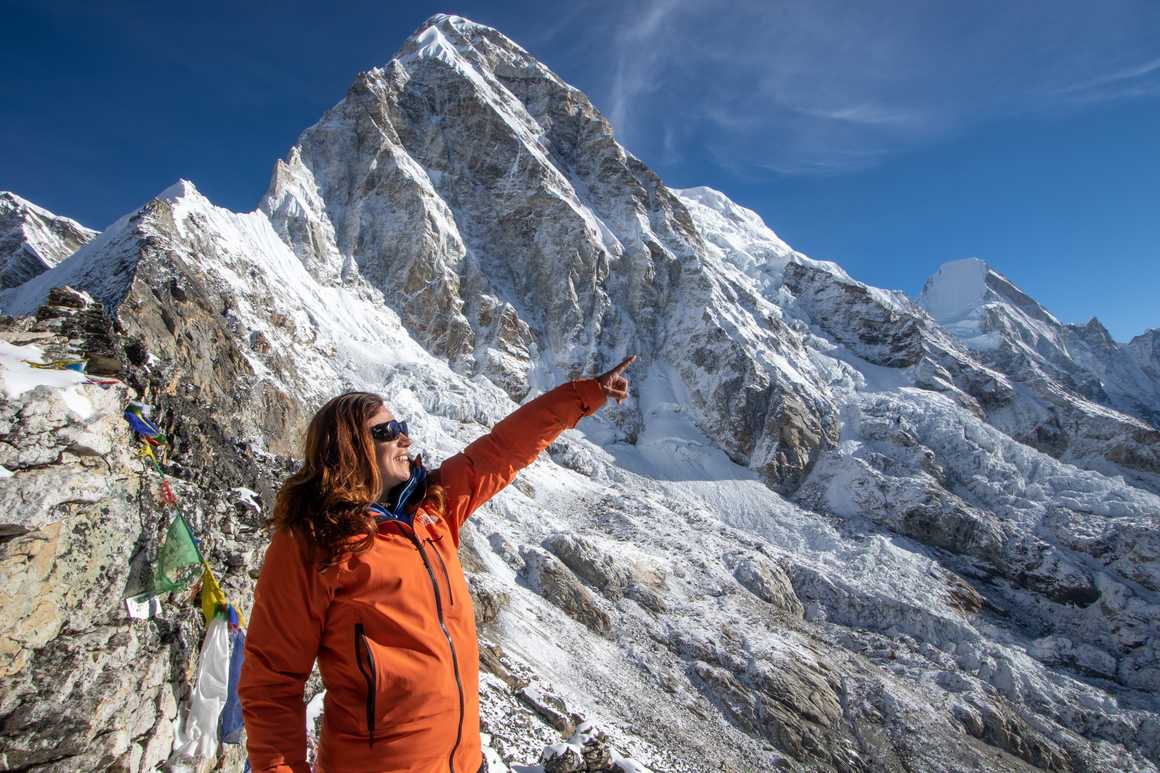
How much does it cost to climb Mount Everest Base Camp?
On average, a fully guided Everest Base Camp trek cost ranges from £1,200 to £2,400 ($1,600 to $3,200). Here are some of the main costs to consider:
- Trekking permits. You’ll need a few permits to hit the trail – Khumbu Rural Municipality,and Sagarmatha National Park – totalling around £50 ($65). At Kandoo, these costs are covered in our trip price.
- Visas. Most visitors need a tourist visa* to enter Nepal. UK citizens, for example, can apply online for a visa up to 15 days before the trip. Upon arrival, travellers present a submission receipt to collect and pay for the visa at the airport. Alternatively, you can complete the visa application at the airport using the available forms or self-service terminals, then join the queue to receive your visa.
- Travel insurance. Make sure your insurance covers trekking up to 6,000m, medical emergencies, and evacuation. Prices for this type of insurance vary based on the provider and duration of your trip, but typically range from around £200–£500 ($260–$660).
- Clothing and equipment. Comfortable, well-fitting kit makes all the difference. Prices depend on the brand, size, style, and functionality, but as a minimum you'll need waterproofs, warm outerwear, decent boots, thermal layers, headwear and a sleeping bag. If you need to rent, expect around £1.50/day ($2) for a sleeping bag or down jacket, and £0.80/day ($1.05) for trekking poles.
- Flights and transport. Starting from the UK London, return international flights to Kathmandu typically range from £400–£1,000 ($525–$1300) depending on season, airlines, lay‑overs. Flights from the US range between £800–£1,300 ($1,050–$1,700) From here, you’ll catch a domestic flight (often to Lukla) which adds another £150–£350 ($200–$460) – unless you book a trip with Kandoo. As an ATOL member, domestic flights are typically included in the price of our trips.
- Tipping guides and porters. Mount Everest guides and porters work hard to make your trek memorable. Budget £150–£250 ($200–$420) per person to thank them if you’re happy with the service they provide.
- Accommodation. You’ll usually stay in Kathmandu before and after your trek, and family-run teahouses along the trail. Hot showers or Wi-Fi might cost extra if available—around £7/day ($9) – but the views and hospitality are priceless.
- Food. Teahouses serve everything from local dal bhat to pasta and pancakes. We recommend budgeting £25–£30/day ($33–$40) so you can eat what you like and keep your energy up.
Top tip: Don’t forget a little extra for souvenirs, snacks, or an occasional treat! Around £150–£200 ($200–$260) should be plenty depending on your trip length.
The Mount Everest Base Camp trek is a once-in-a-lifetime experience – but it’s worth every penny. Find out more about the cost of the Everest Base Camp trek.
*Make sure to check government travel sites beforehand to ensure you comply with visa entry requirements.
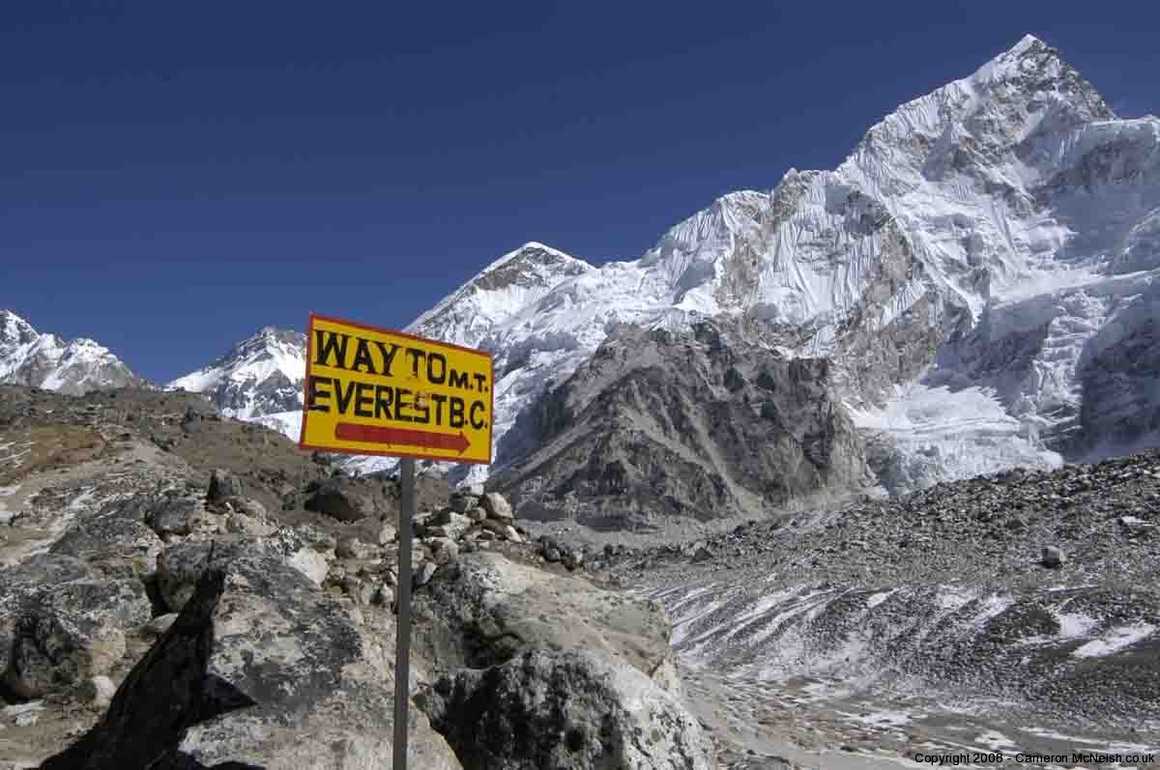
How long does it take to climb Everest Base Camp?
Most Everest Base Camp treks take around 12–16 days, though the exact timeline depends on your fitness, pace, and how your body handles the altitude and route.
This schedule also includes important acclimatisation days, giving your body time to adjust and keeping your trek safe and enjoyable. On average, you’ll be walking 4–8 hours a day. There will be some shorter days built in to help your body settle at higher altitudes and to allow for exploration stops along the way.
And remember – the weather is unpredictable in the mountains. Snow, strong winds, or slippery trails might slow you down, or even force a temporary pause.
Think of these moments as part of the adventure: they give you time to rest, soak in the stunning views, and truly savour the journey.
How hard is it to climb Everest Base Camp?
The trek to Everest Base Camp is definitely a challenge – but don’t worry, it’s achievable with a good level of fitness. You won’t need technical climbing skills, but be ready for long days on your feet, steep trails, and high-altitude conditions.
The secret to enjoying the trek? Preparation. Build your cardiovascular endurance, strengthen your legs and core, and practise hikes with a fully loaded backpack so your body knows what to expect.
With the right training and mindset, every step becomes part of the adventure, and reaching Base Camp is an experience you’ll never forget.

What do you need to pack for Mount Everest?
Having the right kit can make your trek safer, more comfortable, and a whole lot more enjoyable.
Here’s a quick checklist of everything you need.
Footwear and clothing:
- Sturdy, broken-in walking boots. Look for boots with a strong sole and good grip suitable for mountain terrain. Investing in a high-quality, well-broken-in pair prevents blisters, supports your ankles, and keeps you steady on steep paths.
- Layering for all conditions. Pack a breathable, moisture-wicking base layer (like the Icebreaker Merino Wool Baselayer). Add a warm mid layer such as Libin Waterproof Fleece-Lined Trousers for insulation. Top it with a protective outer layer like the Berghaus MTN Arete Descend Goretex Jacket to shield against wind, rain, and snow.
- Insulated down jacket. Choose a high-quality 700–800 fill power (FP) down jacket with an insulated hood to trap warmth without adding bulk. Nights at higher altitudes can get bitterly cold, often well below freezing, and a down jacket traps warmth without weighing you down.
- Waterproof shell jacket and trousers. Use a durable, breathable 3-layer shell (a full inner layer, waterproof membrane, and tough outer fabric) or high-spec 2.5-layer (outer fabric, waterproof membrane, and a thin protective coating) shell to stay dry. These waterproof items protect you from rain, snow, and wind while keeping you comfortable during intense hiking.
- Warm hat, gloves or mittens, and neck gaiter. Use insulated, windproof fabrics to keep you comfortable at high altitudes. Extremities lose heat fastest, so keeping your head, hands, and neck warm is essential.
Accessories and kit:
- Walking poles. Improve stability and balance on steep ascents and descents with walking poles. Adjustable, lightweight trekking poles reduce strain on knees and joints and help maintain endurance over long days on uneven terrain.
- Daypack. Choose a comfortable, well-fitted pack (20–35 L for day hikes) with padded straps and a waist belt to distribute weight evenly. These packs are essential for carrying snacks, water, extra layers, camera, and other daily necessities.
- Sunglasses. Use category 4 sunglasses to provide maximum protection against harmful UV radiation and glare, reducing eye strain.The sun at high altitude is intense, and glare from snow can damage your eyes.
- Sleeping bag. Make sure you have a high-quality, insulated sleeping bag (down or synthetic) rated for extreme cold ensures restorative sleep, which is critical for recovery and acclimatization. Nights in the mountains can drop below –15 °C!
The right kit keeps you warm, safe, and ready to take on every twist and turn of this epic adventure.
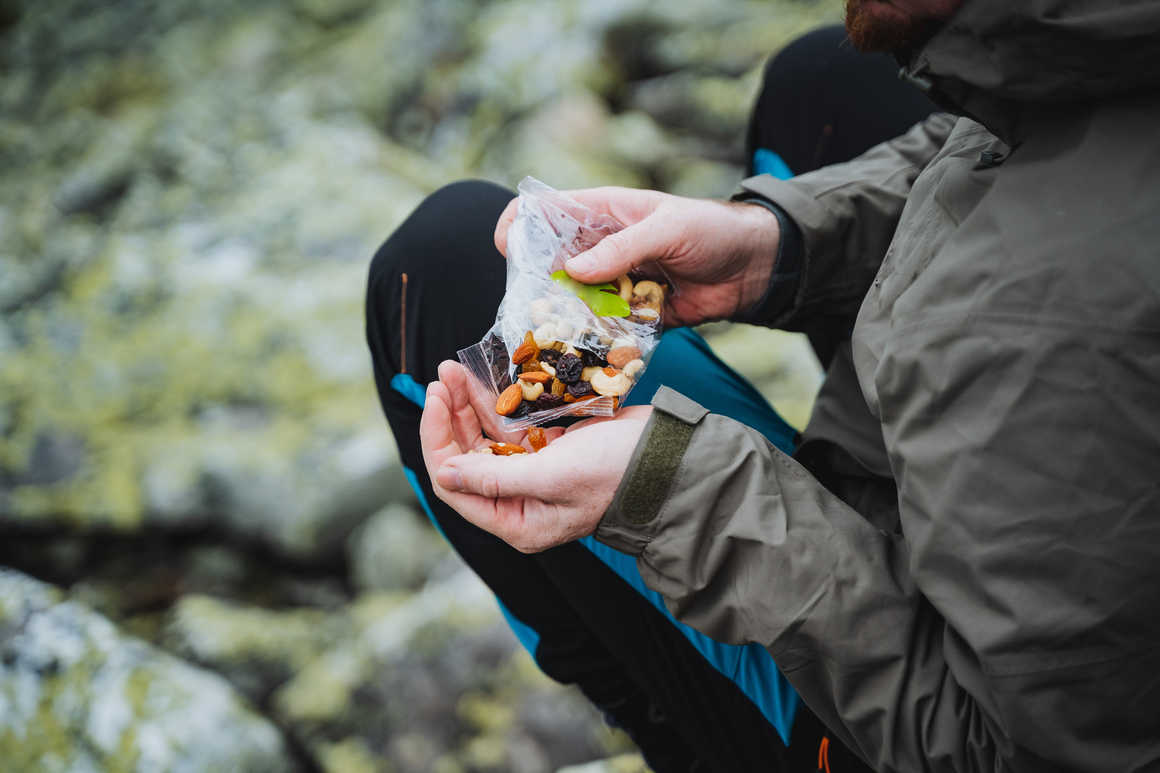
What can you eat on your way to Mount Everest Base Camp?
At high altitude, your body works harder, burning thousands of calories a day. Because of this, what you eat and drink matters more than you might think.
Teahouses along the trail serve a mix of traditional Nepali dishes and familiar favourites. Expect dal bhat (rice and lentils), warming soups, momos (steamed or fried dumplings), and tsampa – a high-energy barley flour snack.
Western options like pasta and pancakes are usually available too, but simpler, warm meals are easier to digest at altitude.
Portable snacks are also essential for days on the trail. Nuts, dried fruit, roasted soybeans (bhatmas), and local sweets like chaku are perfect for keeping energy levels up on the move.
Don’t forget about hydration! Aim for 3–4 litres of water per day, plus electrolyte drinks or warm teas like masala chai or butter tea. Avoid overindulging in alcohol or caffeine, as both can dehydrate you.
Nutrition tips for trekking high:
- Carbs are your friend! They give you immediate energy for morning hikes.
- Protein is key. It supports muscle recovery and keeps you strong over multi-day treks.
- Fats are a necessity. They provide long-lasting energy for slow climbs or long days.
With the right meals and snacks, your body stays strong and your energy steady. As a result, you can fully enjoy the stunning scenery and once-in-a-lifetime experience of trekking to Everest Base Camp.
Find out more about food and hydration while trekking in Nepal.
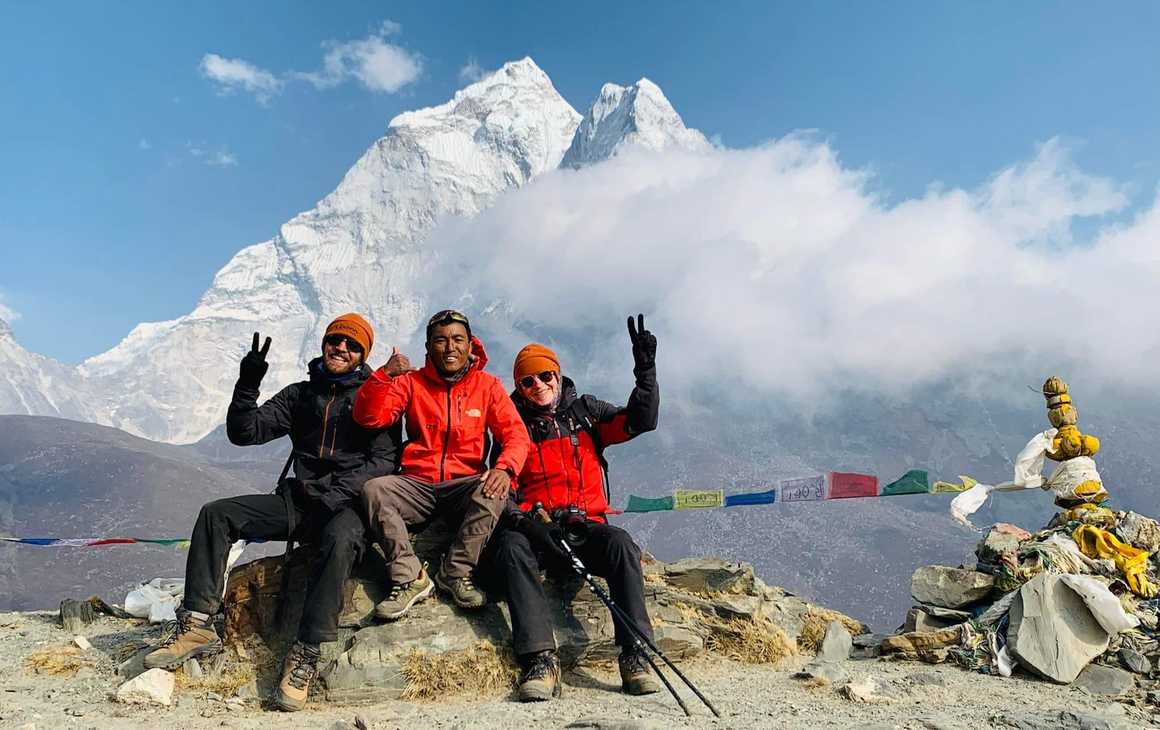
How do you prepare for the altitude on Mount Everest?
Trekking to Everest Base Camp means climbing above 5,000 metres, where the air gets thinner and your body needs time to adjust. Altitude sickness can affect anyone, no matter how fit you are – with symptoms like headaches, dizziness, nausea, and shortness of breath.
The key is to go slow and steady. Most treks build in acclimatisation days, giving your body a chance to adapt before you climb higher. Stay hydrated, eat well, and avoid alcohol – dehydration is one of the biggest triggers for altitude sickness.
If you join a group adventure, your guides will keep a close eye on everyone’s condition and know exactly what to do if symptoms appear.
Here’s what Hannah had to say about how her Kandoo guide dealt with altitude sickness in her group:
“Robert's expertise was second to none! He was so patient and calm even when those who fell ill from altitude couldn't make it, he knew exactly what to do and dealt with it so professionally. His knowledge brought so much ease and trust to the group and we genuinely wouldn't have done so well without him!” - Hannah, TrustPilot.
The golden rule? Listen to your body. If you feel unwell, speak up early – a short rest or descent can make all the difference.
Preparing beforehand also helps. Cardio training and regular hikes at home build stamina and make the adjustment easier once you’re on the trail.
With good preparation, plenty of water, and a mindful pace, you’ll give yourself the best chance to enjoy every breathtaking step toward Base Camp.
What insurance do you need for an Everest trek?
When you’re trekking to Everest Base Camp, comprehensive travel insurance is essential. You’ll be hiking in remote, high-altitude regions where quick access to medical help can be tricky, so the right cover gives you peace of mind every step of the way.
Look for a policy that specifically covers:
- Trekking above 5,000–6,000 metres (many standard policies don’t)
- Emergency evacuation, including helicopter rescue
- Medical expenses and trip cancellations
Some insurers also offer adventure-specific policies, designed for trekkers tackling demanding environments like the Himalayas. It’s worth paying a little extra for that extra layer of security. Knowing you’re covered means you can focus fully on the climb, not the what-ifs.
Where can you stay on your way to Everest Base Camp?
Everest Base Camp trek accommodation is part of the adventure itself. You’ll be staying in traditional teahouses – cosy, family-run lodges that line the mountain trails and offer a warm welcome after a long day of trekking.
At lower altitudes, you can expect basic shared rooms, sometimes with hot showers, charging points, and even patchy Wi-Fi. As you climb higher, facilities become simpler – think twin-sharing rooms, limited heating, and cold showers, if any.
A warm sleeping bag is a must, as temperatures can plummet well below freezing at night. Make sure to check your temperature rating so it’s suitable for sub-zero conditions and keeps you comfortable throughout the trek.
But what teahouses may lack in luxury, they make up for in character and community! Sharing stories over a bowl of dal bhat by the fire or chatting with Sherpa hosts gives you a genuine taste of Nepali mountain culture – and memories you’ll carry long after you’ve left the trail.
Climbing Mount Everest questions and answers
Here are some commonly-asked questions about Mount Everest:
Where is Mount Everest?
If you’re wondering where to find Mount Everest, look to the Himalayas! The mountain lies on the border of Nepal and China (Tibet).
How long does it take to climb Mount Everest?
A typical Everest expedition from arrival in Nepal to summit and descent takes around 6–9 weeks. This timeline includes the approach, acclimatisation, summit push, and return.
How high is Everest Base Camp?
Everest Base Camp is 5,364 metres above sea level.
Trekking to Everest Base Camp is shorter than climbing to the summit. The journey is usually a 12–16 day round-trip, including acclimatisation and stops at villages along the trail.
Find out more about the differences between climbing Mount Everest and Everest Base Camp.
How many people have climbed Mount Everest?
Studies show that 7,269 climbers summited Everest between 1922 and 2024.
How many people climb Everest each year?
In 2024, there were 861 summits of Everest, up from 668 the year before. Way back in 2006, there were 494.
Can anyone climb Everest?
In theory, yes. But in practice? The climb demands advanced mountaineering experience, high‑altitude fitness, excellent acclimatisation and a strong support team. You also must get a climbing permit from the Nepalese government, which requires you to have already climbed a 6,000m peak in the country.
Do you need a guide to climb Mount Everest?
While very experienced mountaineers sometimes go independently, hiring guides to climb Mount Everest is strongly recommended. Guides handle route safety, logistics, acclimatisation strategy, and emergency support, making the climb more manageable and safer.
Trek to Everest Base Camp with Kandoo
The trek to Everest Base Camp is more than a walk – it’s a life-changing adventure. From towering peaks to vibrant Sherpa culture, every step brings breathtaking views and personal growth.
At Kandoo Adventures, we make your Everest Base Camp trek safe, seamless, and unforgettable. With years of experience on the trail, our expert guides know exactly how to help you get the most out of this extraordinary adventure.
Discover our Everest Base Camp treks today and let us turn your dream of reaching the Himalayas into reality!
